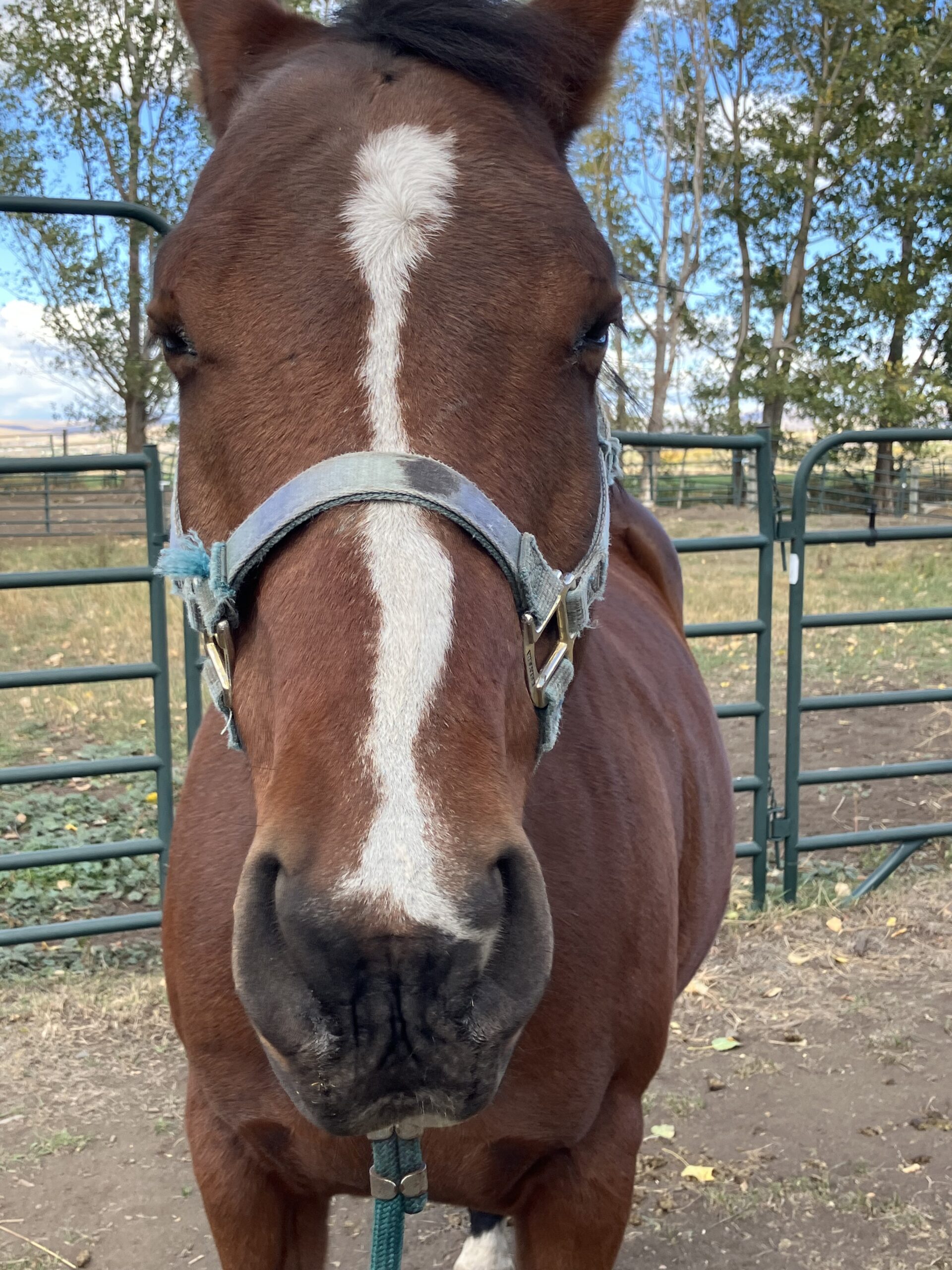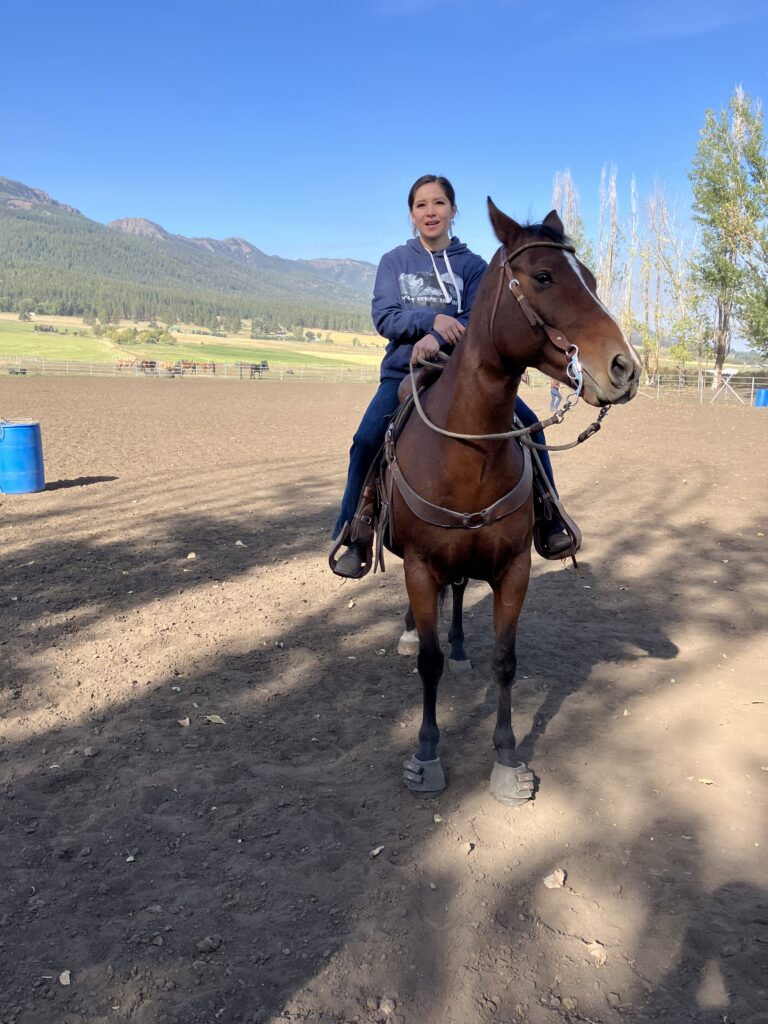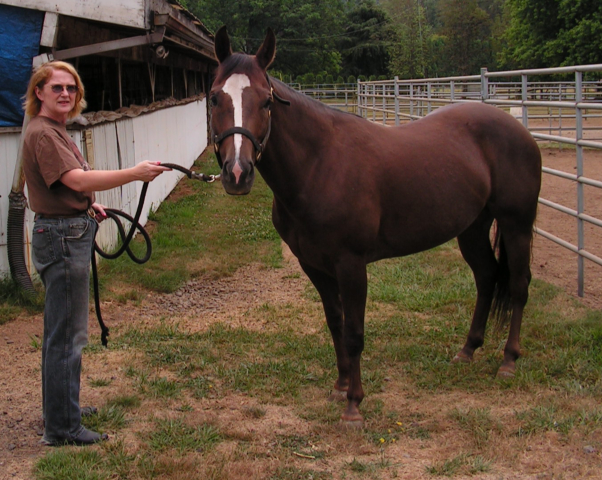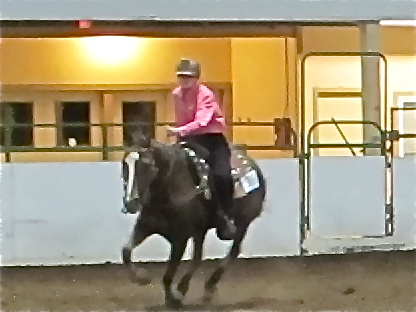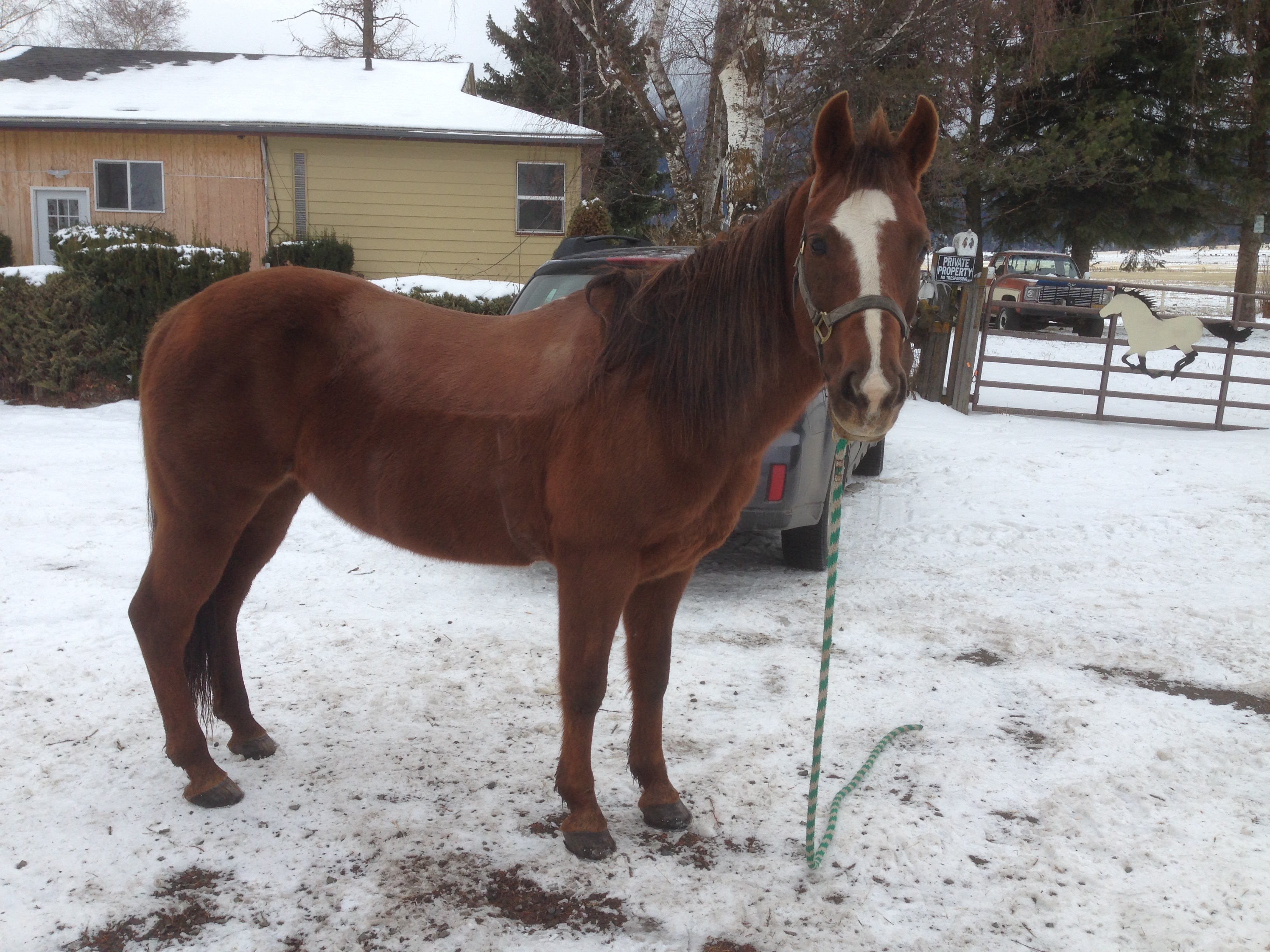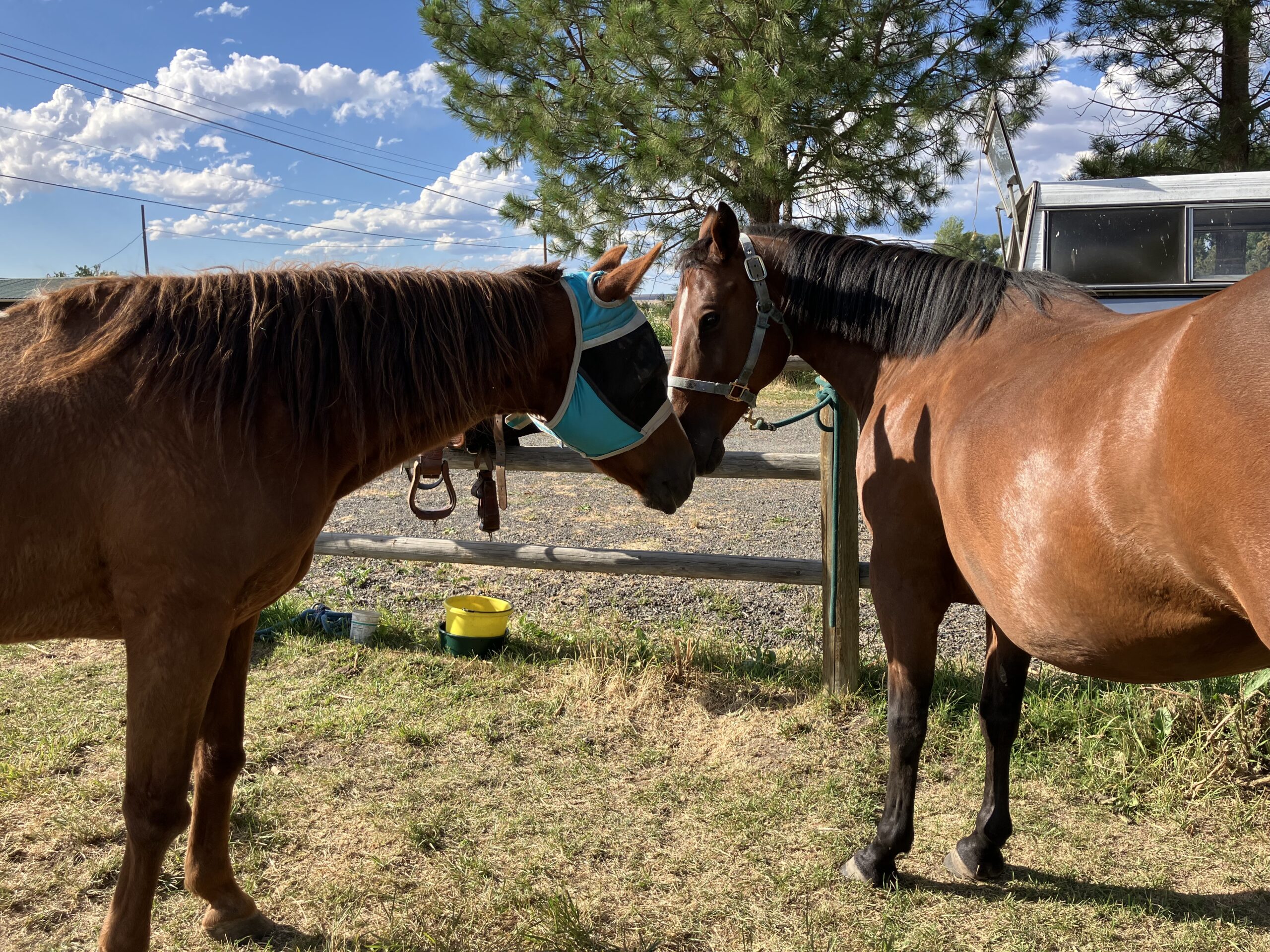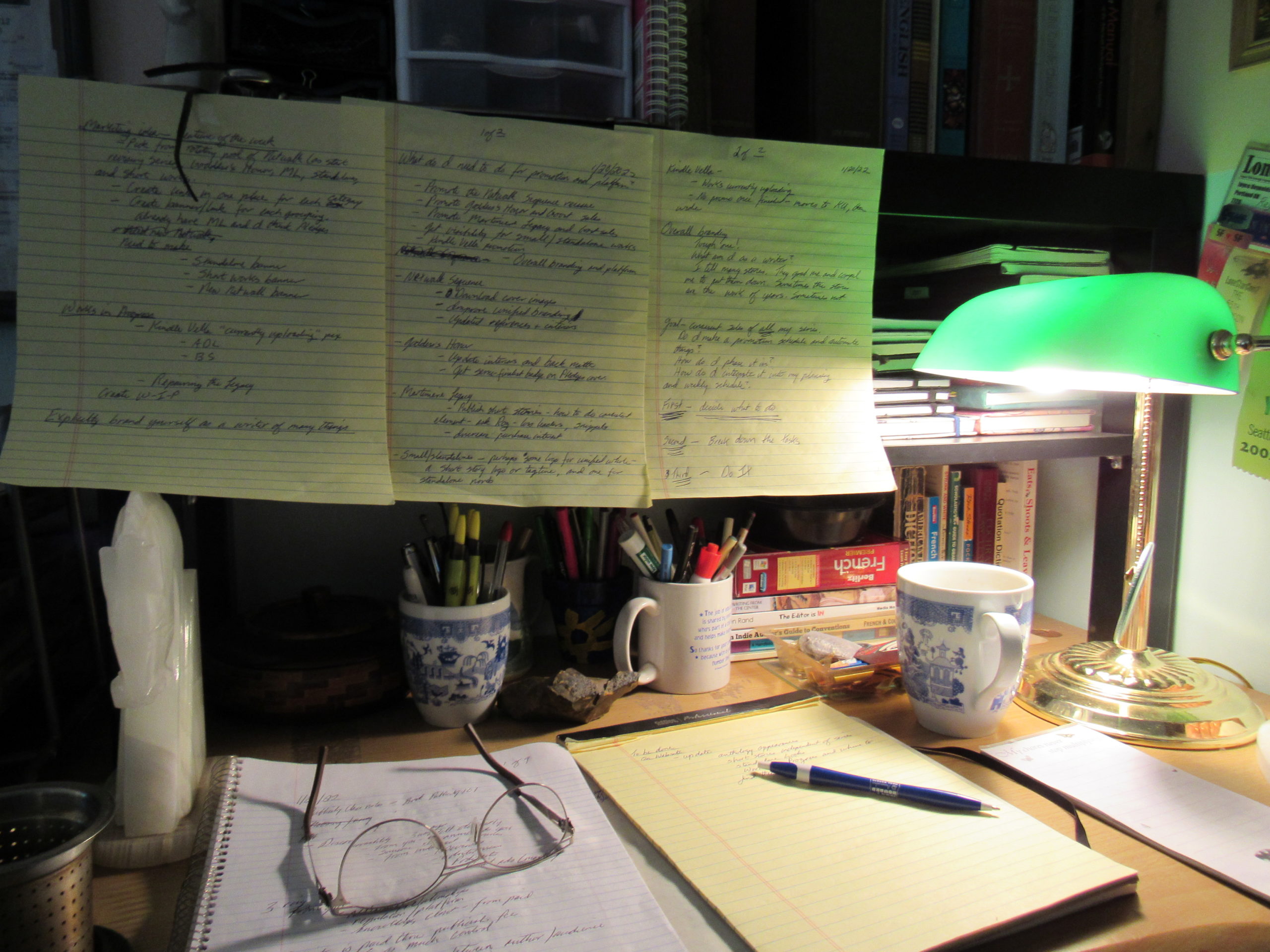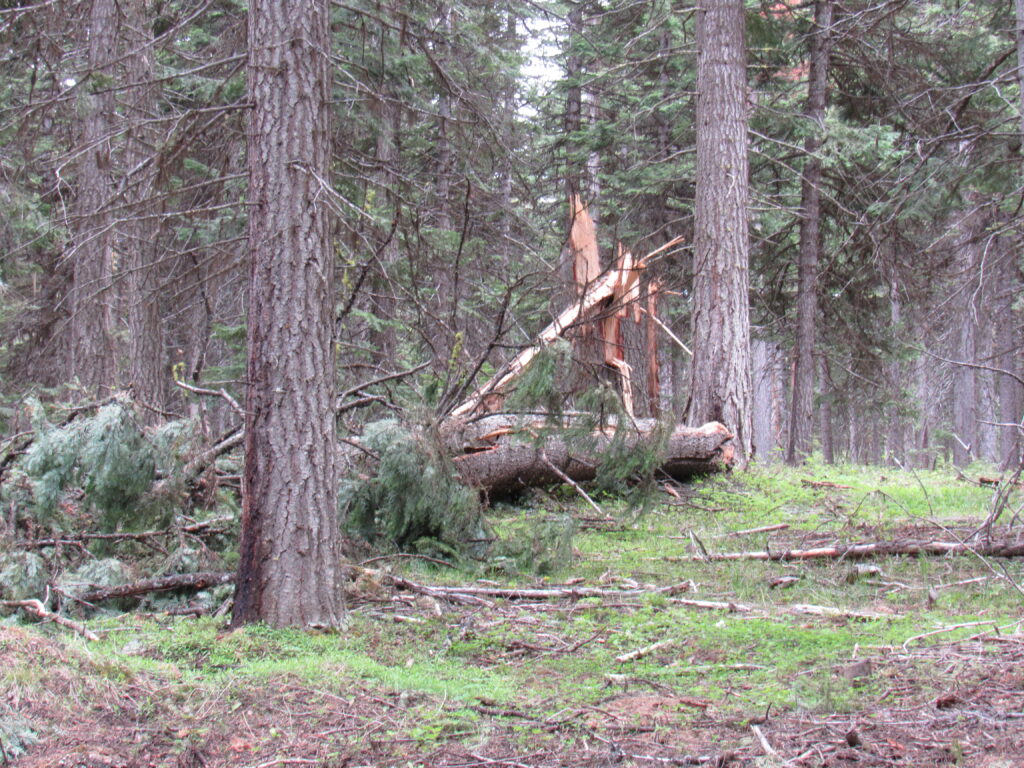
It’s a labored truism that after you’ve lived a certain number of years, time seems to speed up rather than slow down (mileage varies as to when that happens for each individual). Certainly, autumn seemed to sneak up on us this year, in part due to higher daytime temperatures. It doesn’t seem like it was that many days ago that I was still wearing T-shirts and no base layers to ride Marker. Now…while it’s the lightweight base layers, it’s still the beginning of five-six months with some sort of base layer underneath, sweater or sweatshirt on top.
Time passes, nonetheless. It’s weird to think that the husband and I are now in our eleventh year in retirement. Neither one of us really thought that we’d be living this life at this age—that was not the case for our parents. Medical advances, different jobs, not going through a world war makes a difference. That said, I know darned good and well I couldn’t keep up the pace of my younger years. Oh, the sustained effort can happen over a couple of days—and then I’m done. Not that I’m a lazybones or anything, it’s just—I get tired. The arthritis calls my name. And so on.
Part of this life is getting out into the forest to cut firewood. Yesterday, we went out for what might be the last load of this year. The chainsaw is complaining about eleven years of use, even with diligent maintenance, and while we might get one more session out of it, we might not, either. There was two inches of snow in our preferred cutting area, and the first of two controlled bull elk hunting seasons started today. We might get out again for woodcutting this year, or we might not. It all depends on our ambition and the weather.
In any case, for us, the wood harvest in fall is more about building a stockpile for next winter, not this winter. At some point we’ll stop getting out there because we’re just too old and tired for woodcutting.
Yesterday, however, was not that day. Even though we couldn’t find the one lodgepole pine we spotted at the end of our last cutting that would have made the perfect start for a big load, we still managed to find some good stuff. Nice lodgepole with pitch pockets that are good for starting fires; not so much white/grand fir. It was harder to see the good stuff on the ground because of the snow, but on the other hand, it was also easier to spot standing dead trees that we had overlooked before.
Fall is often a lot nicer for woodcutting than spring. It’s usually cooler, there’s less mud, and there are lots of opportunities for pretty pictures of autumn leaves. Yesterday was overcast with a sharp breeze that meant despite layering, we didn’t take off the layers. I took some shots with the artsy filters on my Canon Power Shot of golden tamarack against snow-covered firs and pines. Some turned out, some are…well, more material for book covers and promotions, I suppose.
#
Along with fall comes my birthday. Sixty-eight this year. Some years linger lightly, others bear a weight. For some reason sixty-eight has that resonance for me. As I said to my husband this morning, “A year and eleven months more, and I’ll have outlived my mother.”
But it’s not just that. There are some days when I catch myself after fretting about not doing enough and I have to think—I’m in my late sixties now. Sixty-eight and today I schooled my Marker horse at various gaits, including an attempt at racking. Which…I think he is doing. Either that or an extended fox-trot. He was a wee bit sparky, a wee bit on the muscle, but—he also called for me and fretted at the gate because he heard me talking to Dez and he wanted me there. Now.
I never thought I’d still be riding an energetic young horse in my late sixties. Here I am, however. Granted, he’s a safe horse moving into his full maturity at whatever age he really is (vet said seven in the spring of 2024, which would make him eight. Hard to be sure, though. Horse physical and mental maturity is really an individual thing). But still—besides the racking, I asked him to stretch out and gallop a little bit. We’ve spent most of the summer working on a slow, rocking-horse canter). Boy can move when he wants to, and today he wanted to. Which was fine. And it’s good to know that I can still gallop a horse on my sixty-eighth birthday.
#
Thinking about time passing also affects my writing, as well. I’m working on a high fantasy at the moment (yes, it will be a trilogy!) and one of the protagonists is an older man who has decided to step down from his leadership role because, well…his wives have died. One of the young women he helped raise as part of his extended family circle (in this world the terms Heartfather, Heartmother, and Heartsdaughter/Heartsson are common) has died and become a Goddess, while the other one has successfully overthrown the Big Bad Emperor (with the help of the woman who became Goddess). He has visions of the woman who is the heir to the new Empress, and…he not only wants to help his Heartsdaughter the Empress but he’s curious about this woman he keeps seeing in visions.
More than that, he grows to realize that he really, really wants to do something different with his life. He wants to matter—and it becomes clear that he wants to leave his position as Leader to his grandson, who is a rising star in his own right. He doesn’t have a reason to stay where he is, so…he’s moving on, to reinvent himself. And yeah, a lot is going to happen along the way.
#
I find it interesting that while I did have older protagonists pop up here and there when I was writing in my fifties, I really didn’t do much with them until my sixties. Part of the original Martiniere Legacy series is driven by the fact that the protagonists Ruby and Gabe are older, with a lot of life experience, and that knowledge shapes a lot of their decisions. The final book of that quartet, plus the matching individual related standalone books, ends up taking a long look at what later life can mean for different situations—including a clone whose progenitor was in his seventies, and who has inherited a lot of that man’s aging physical problems.
I’m fascinated by the places that my thought process is taking me these days. It’s definitely different from when I was younger.
Well, we’ll see what this year brings.

